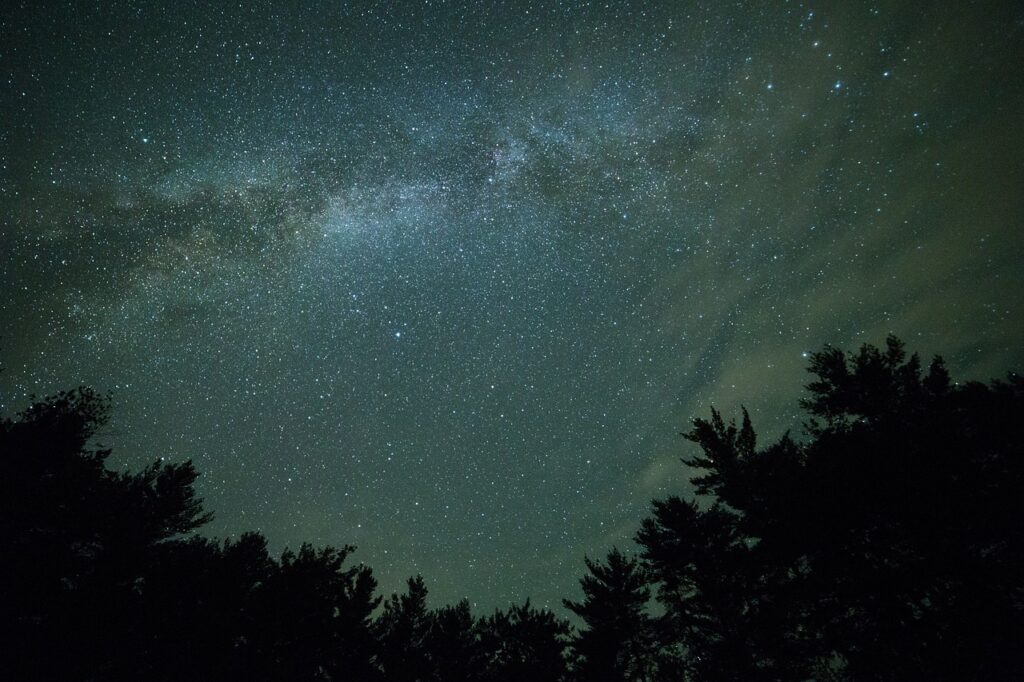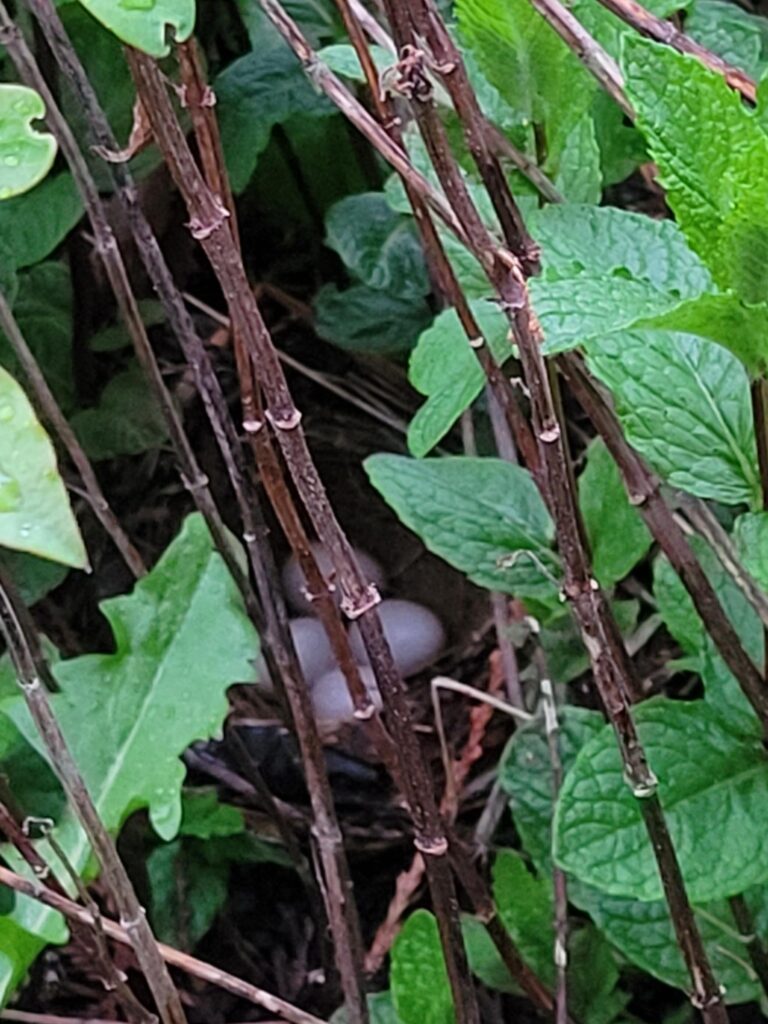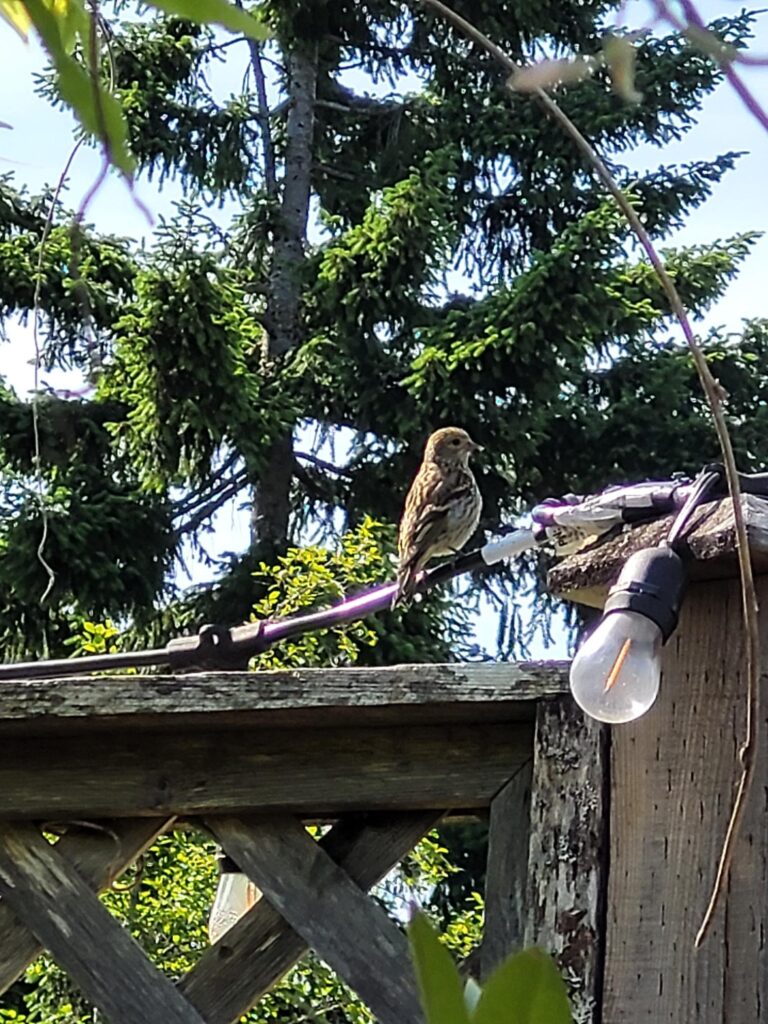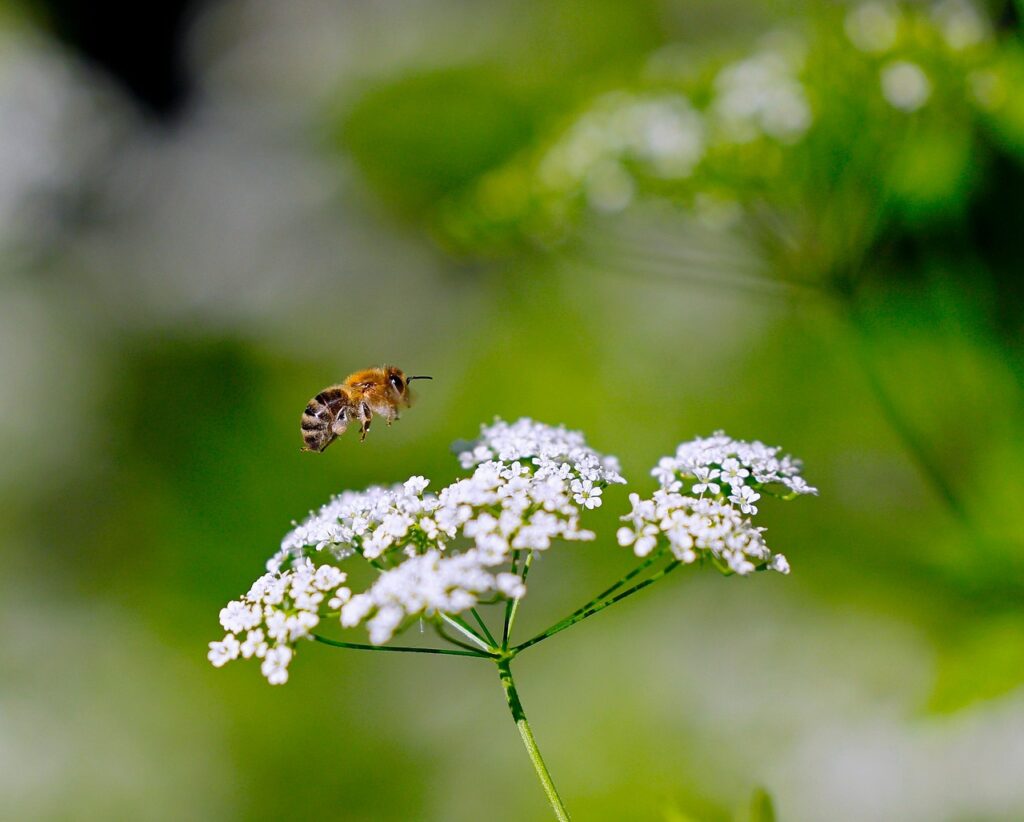Today is World Bee Day. Established in 2018 by the United Nations, the purpose of the declaration is to acknowledge the importance of bees and what they do for our environment. Did you know, for instance, that bees help grow 90% of the world’s wildflower plants or that 35% of the world’s crops depend on bees to grow? Along with contributing to food security, bees are key to conserving biodiversity.
Bees have been around forever. The first bee discovered, which is preserved in amber, dates back 100 million years. That discovery played a significant role in helping scientists understand the relationship between bees and the evolution of flowering plants and our very ecosystem.
Unfortunately, bees are under continuous threat from invasive insects, pesticides, changes in land-use, and the practice of monocropping, which destroys bee colonies. So, anything we can do to sustain them (and other pollinators like bats, hummingbirds and butterflies) helps all of us.
Here are just a few simple things you can do to help the bees:
- Plant a diverse set of native plants, ones which flower at different times of the year;
- Buy raw honey from local farmers;
- Buy products from sustainable agricultural practices;
- Avoid using pesticides, fungicides or herbicides in the garden;
- Protect wild bee colonies when possible;
- Sponsor a hive;
- Make a bee water fountain by leaving a water bowl outside.
And once you’ve done any or all of those things, reward yourself by reading a book where bees feature prominently. There are many! Here are just a few to consider.
The Secret Life of Bees by Sue Monk Kidd. This coming-of-age novel about loss, betrayal and the interracial civil-rights landscape of the 1960s American south is considered a modern classic.
The Murmur of Bees by Sofia Segovia (translated by Simon Bruni) Set against the backdrop of the Mexican Revolution and the devastating influenza of 1918, The Murmur of Bees captures both the fate of a country in flux and the destiny of one family that has put their love, faith, and future in the unbelievable.
The Last Beekeeper by Julie Carrick Dalton. The disappearance of the world’s bees, along with the other pollinating insects, in an ecological disaster dubbed the Great Collapse provides the backdrop for this moving post-apocalyptic thriller.
The History of Bees by Maja Lunde. This novel follows three generations of beekeepers from the past, present, and future, and tells the story of their relationship to the bees – and to their children and to one another – against the backdrop of an urgent, global crisis.
The Music of Bees by Eileen Garvin. A heartwarming novel about three lonely strangers who are brought together by happenstance on a local honeybee farm where they find surprising friendship, healing – and maybe even a second chance – just when they least expect it.
Pre-teen and teen readers might enjoy The Summer We Saved the Bees by Robin Stevenson. Wolf’s mother is obsessed with saving the world’s honeybees, so it’s not too surprising when she announces that she’s taking her Save the Bees show on the road—with the whole family. Wolf thinks it’s a terrible plan, partly because he’ll have to wear a bee costume in public.
And for picture book readers consider The Beeman by Laurie Krebs and Valeria Cis. With rhyming text and warm, expressive paintings, this picture book takes the reader through a year of beekeeping from the point of view of a little girl helping her beloved grandpa, who’s known in town as the Beeman.















Comments